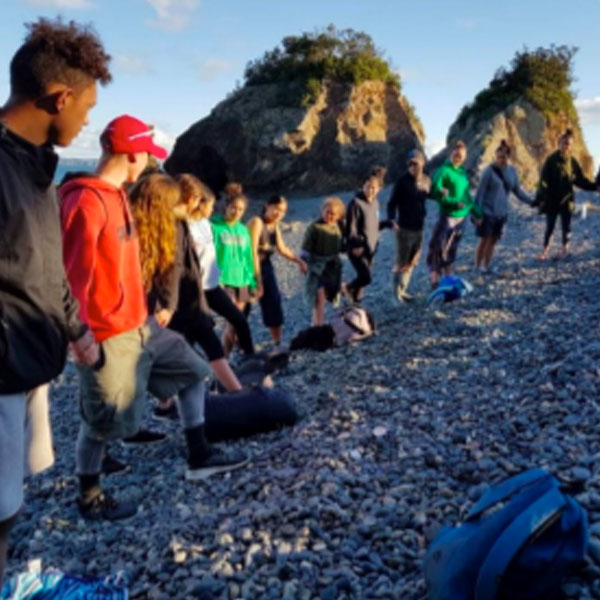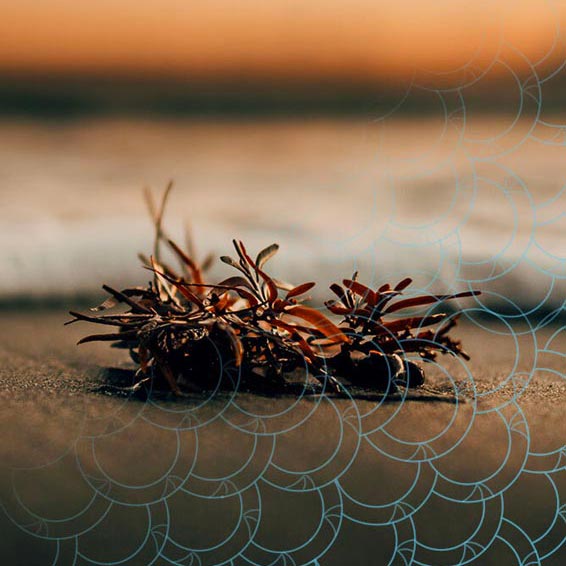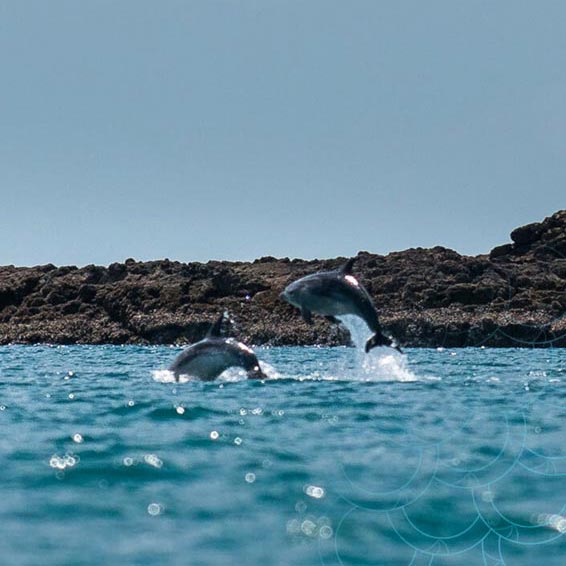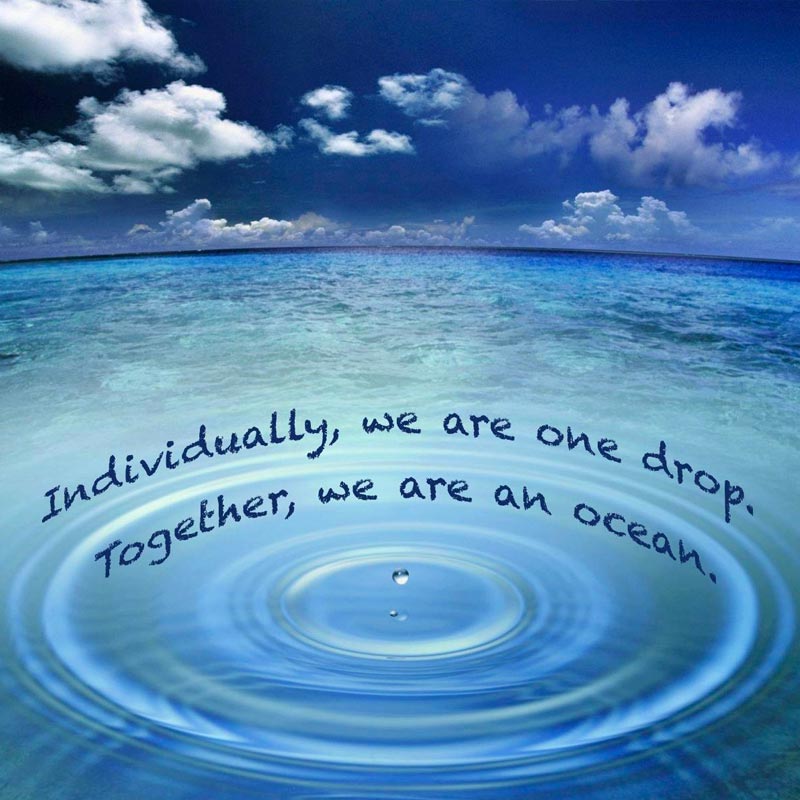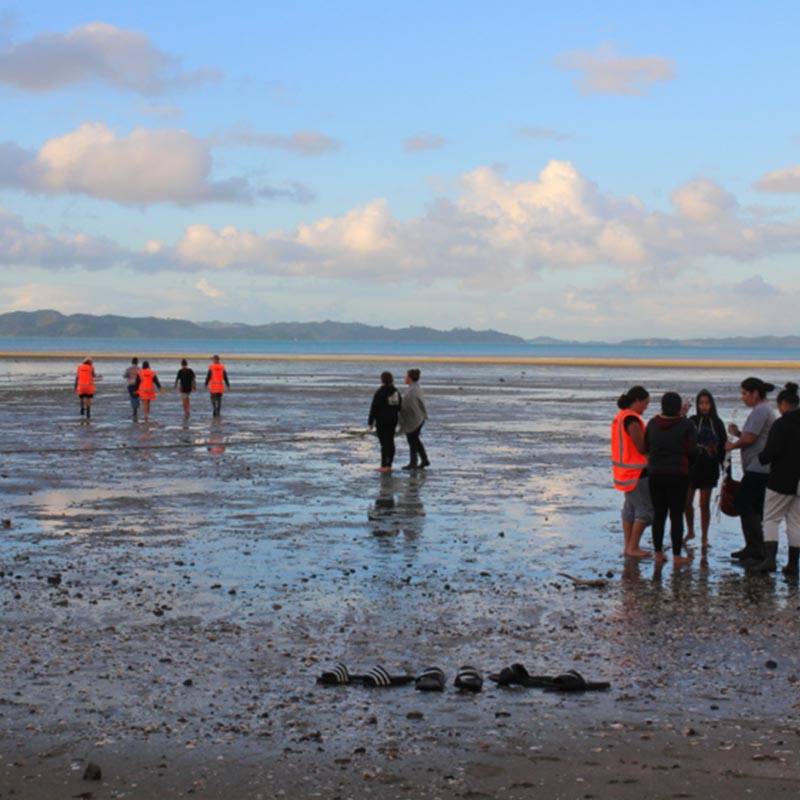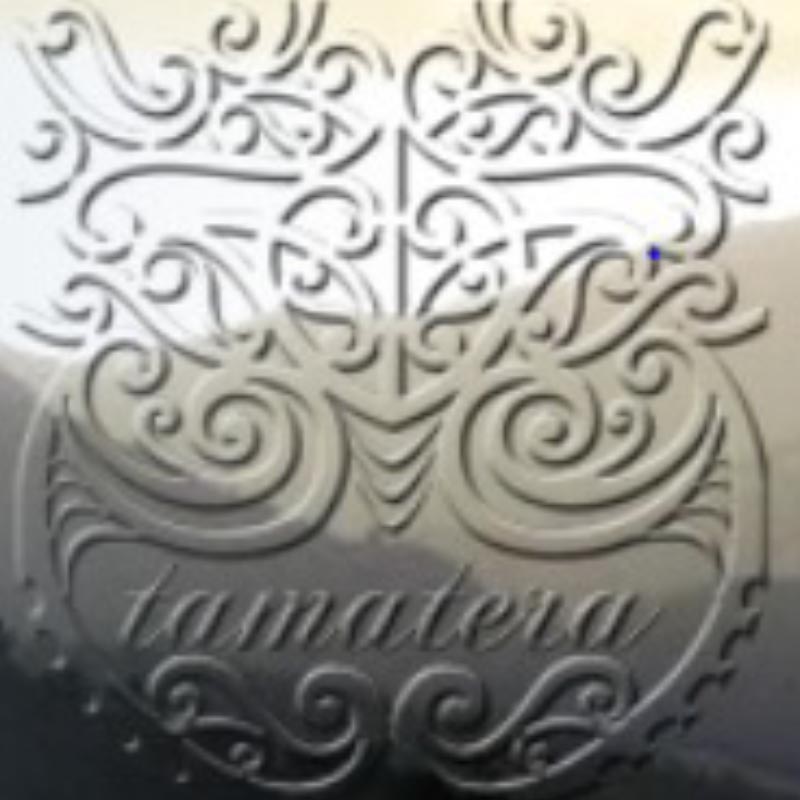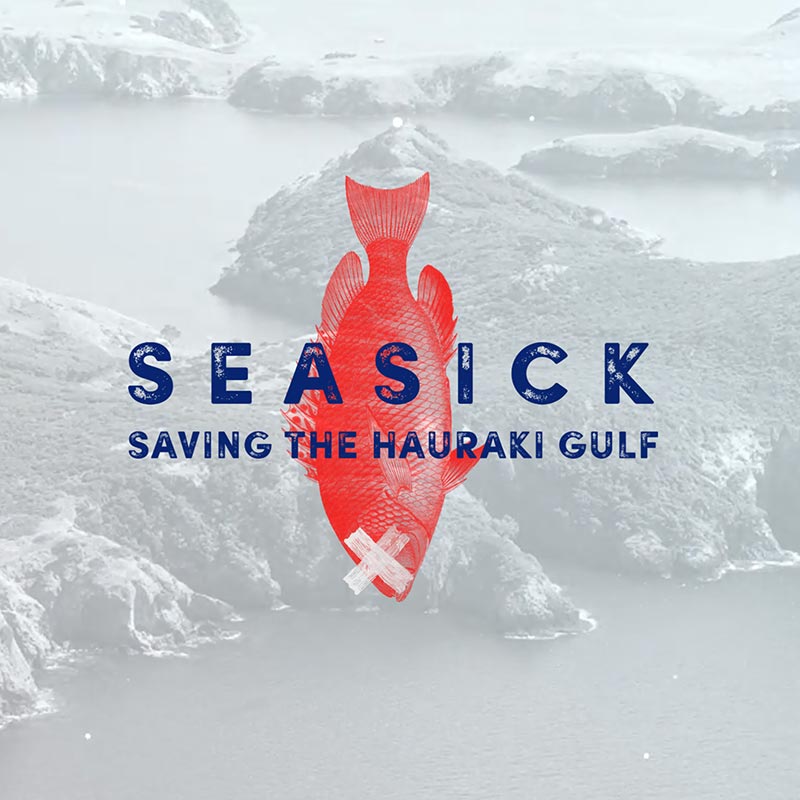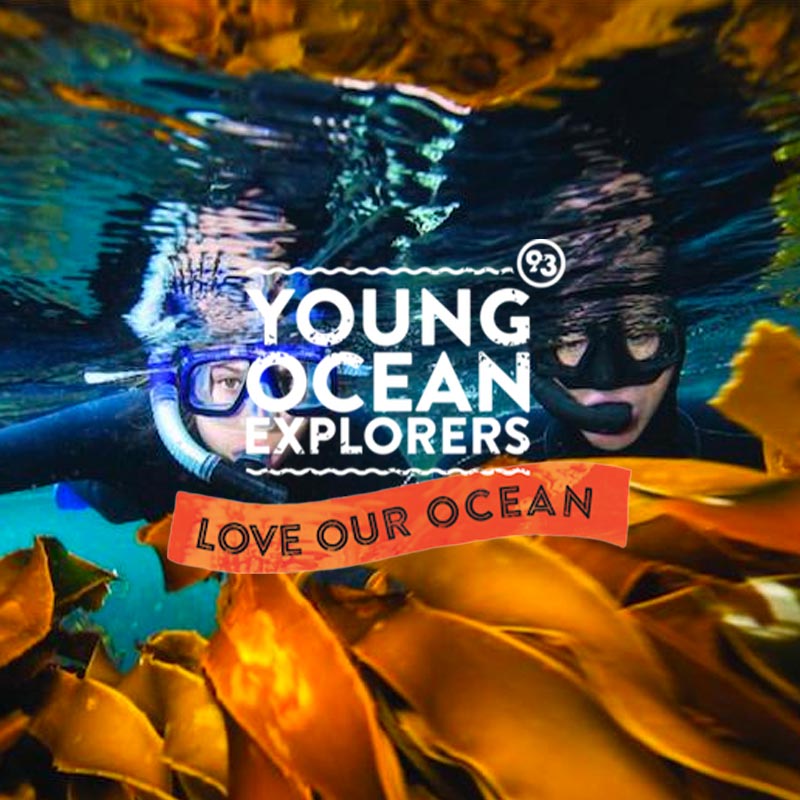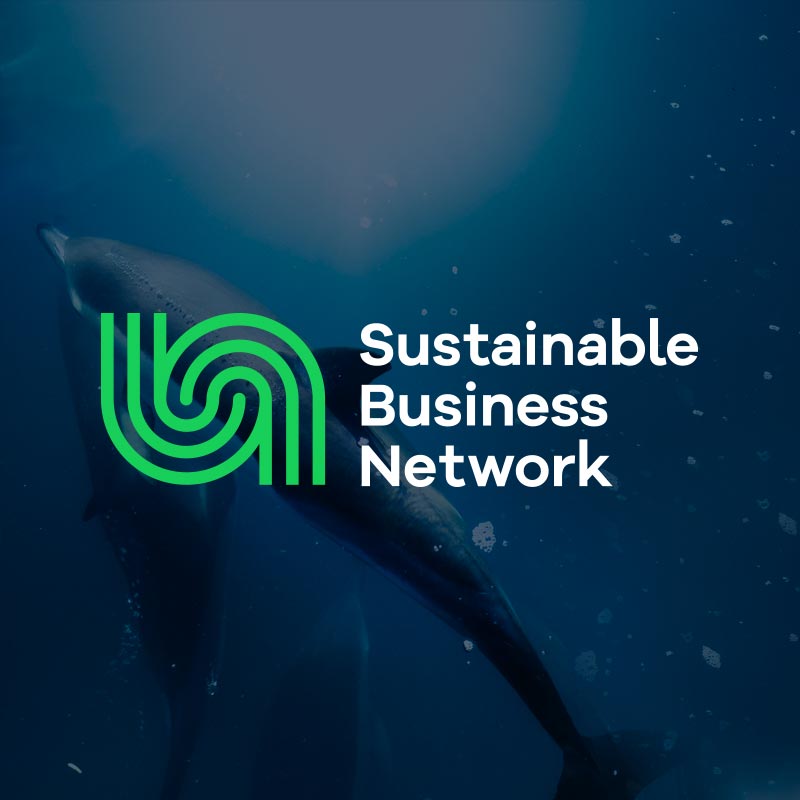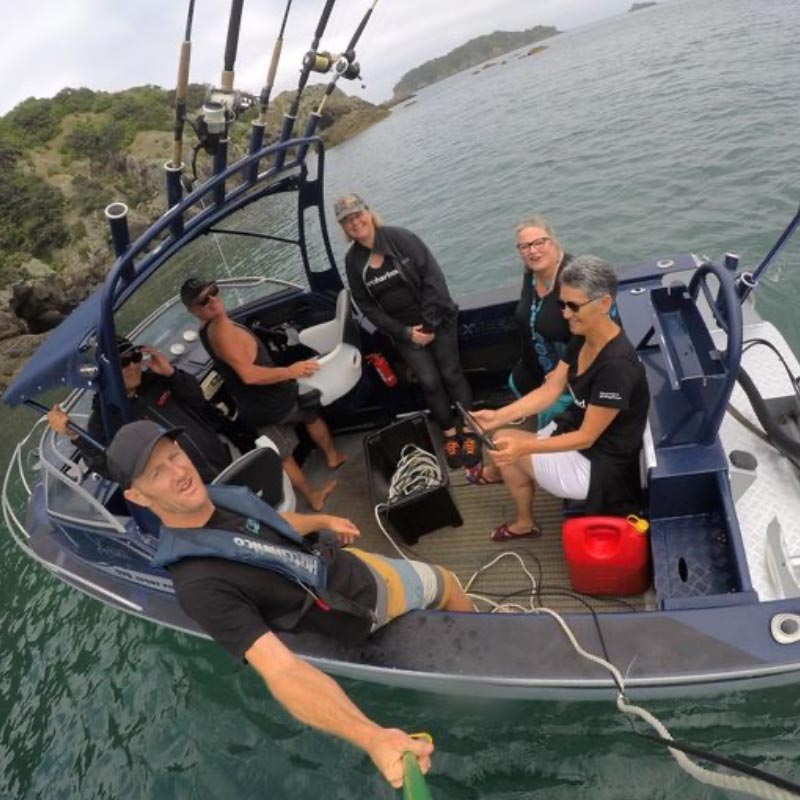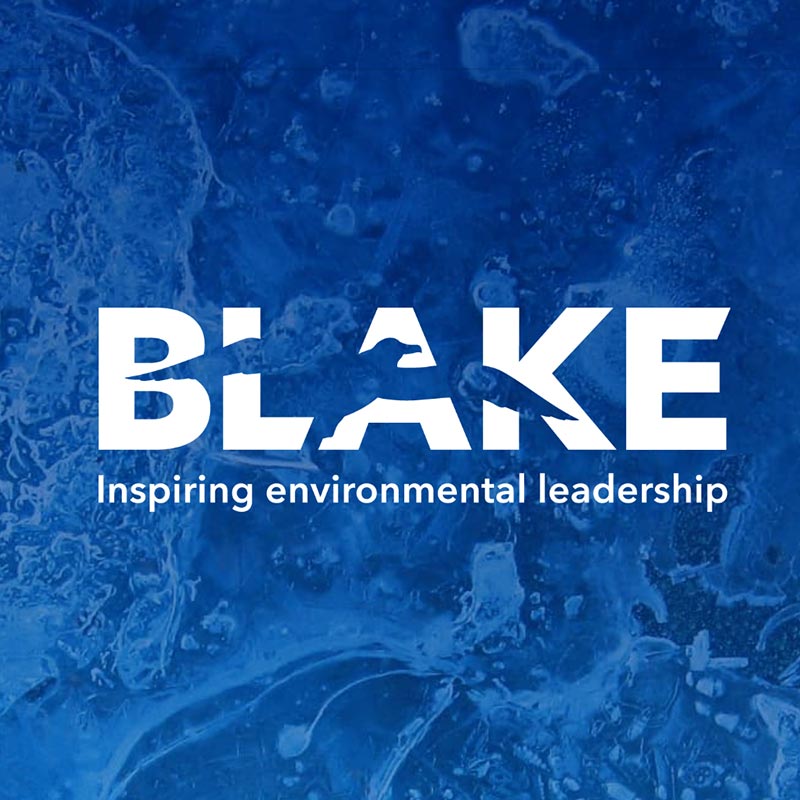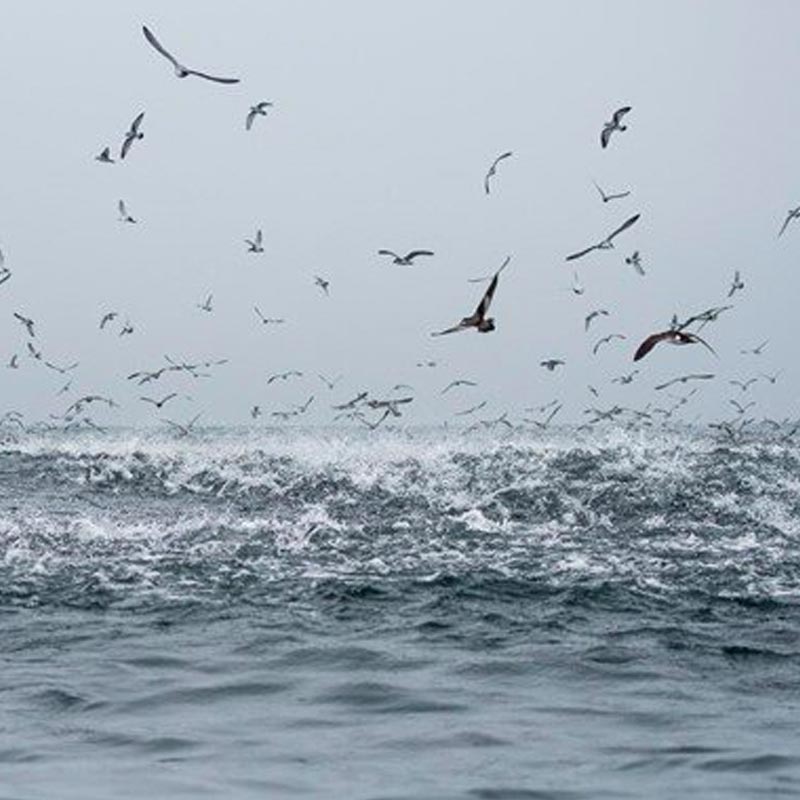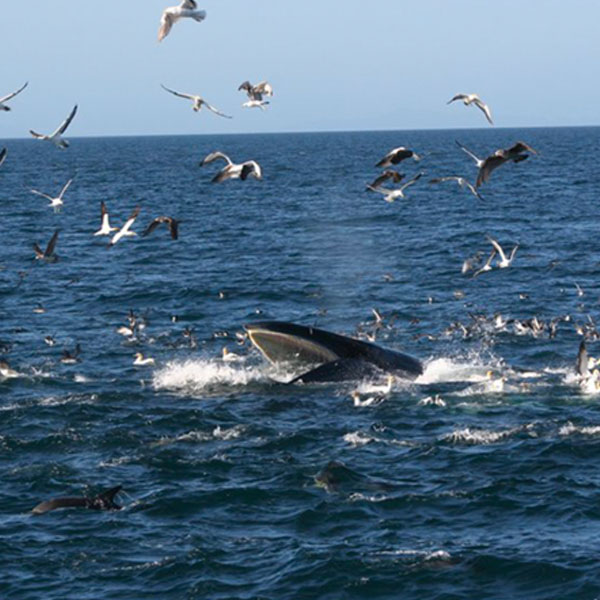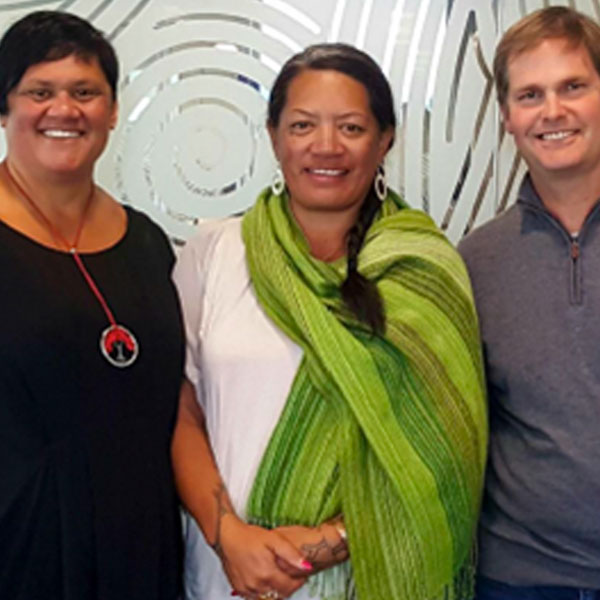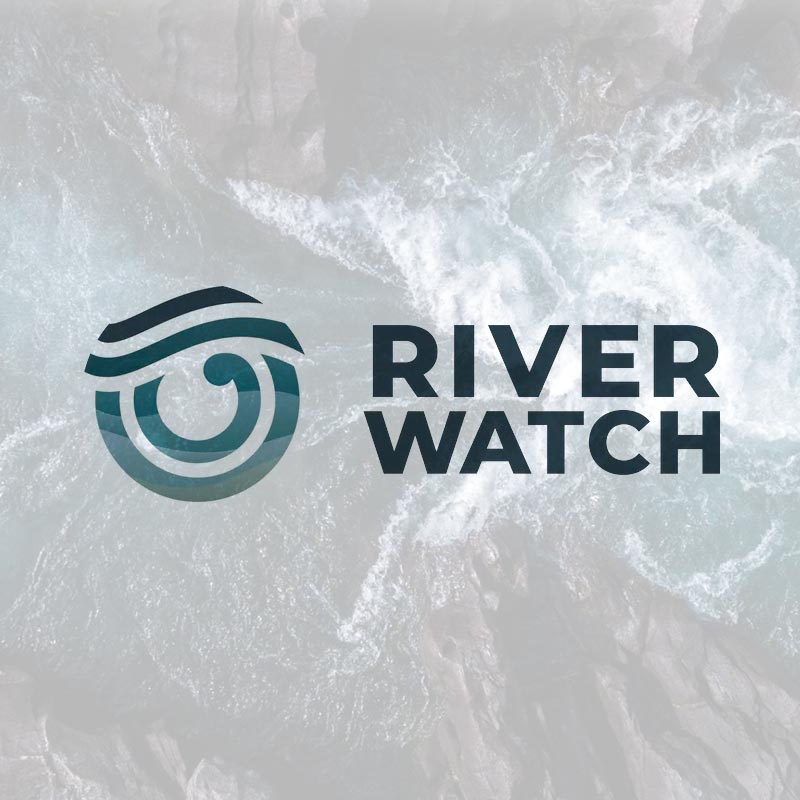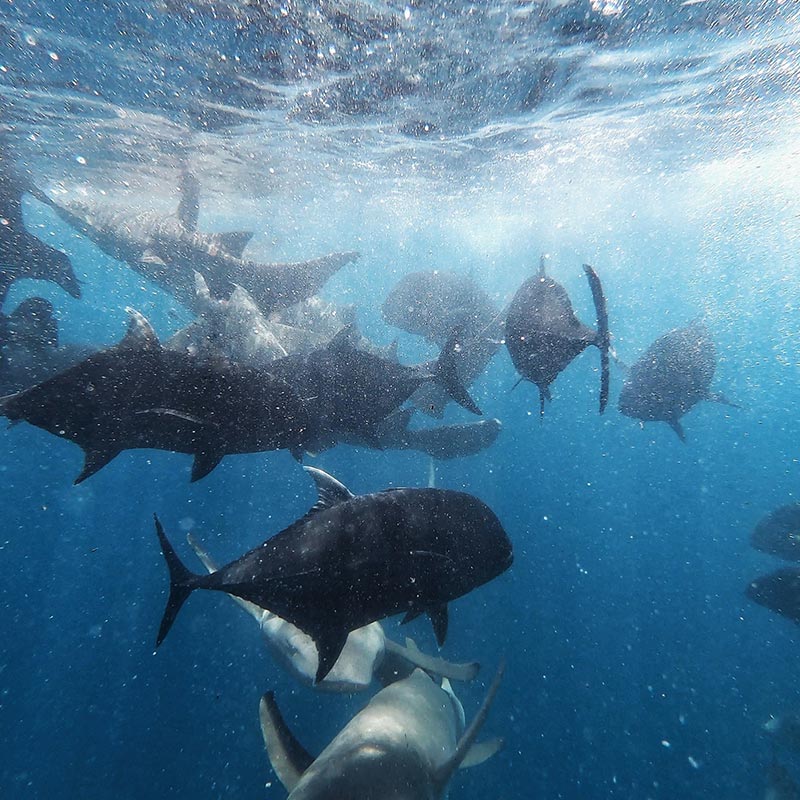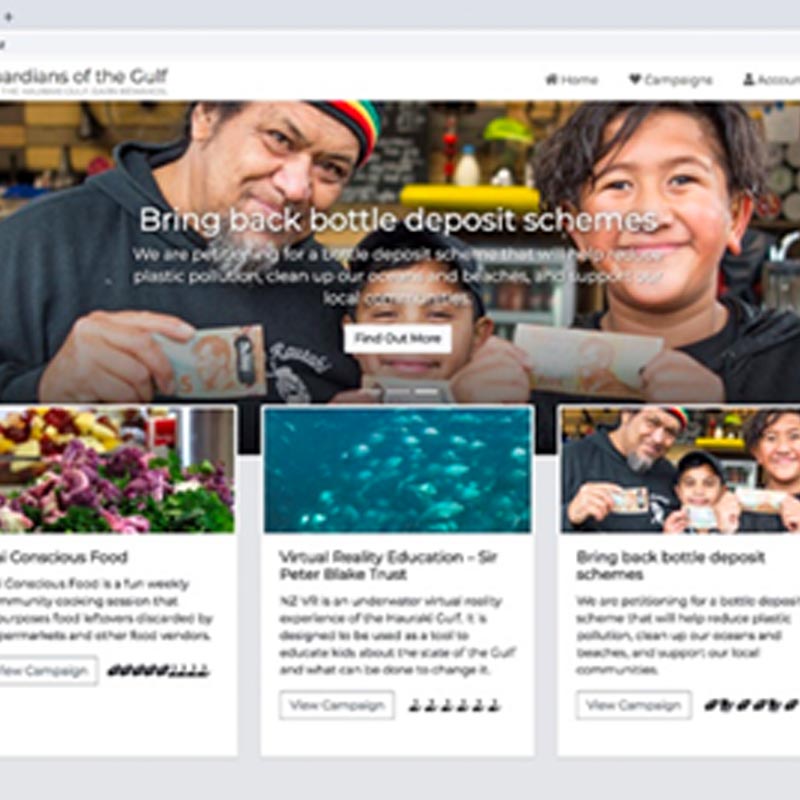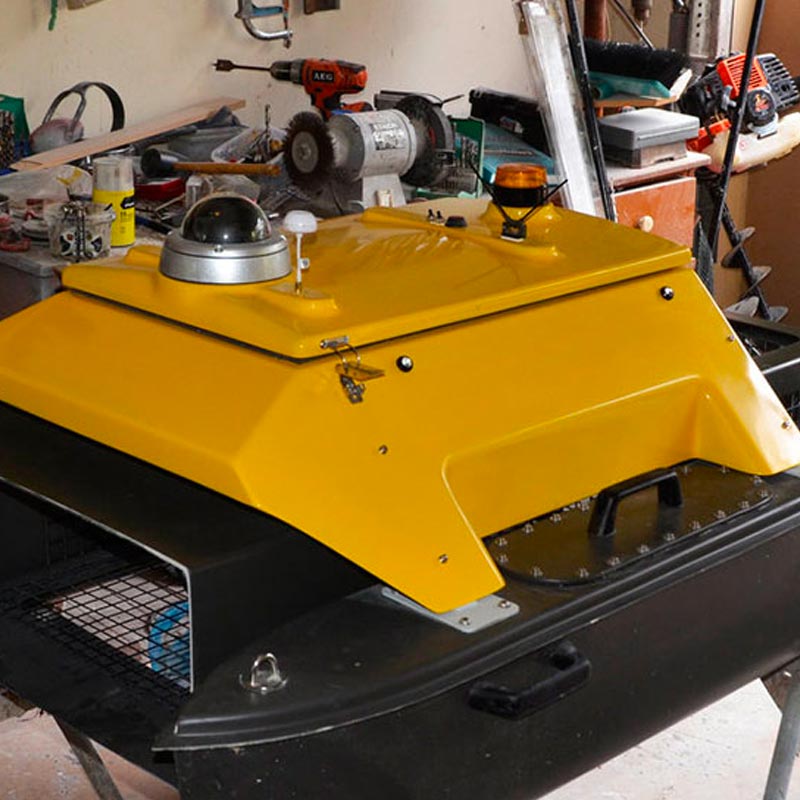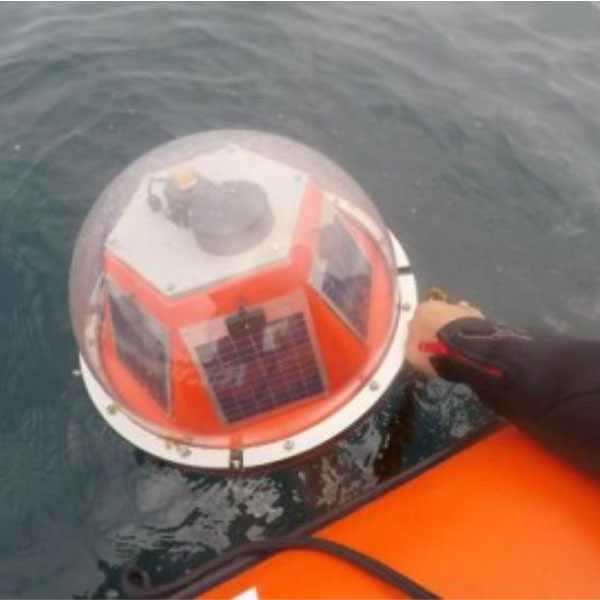Via 69 projects from late 2016 to 2022, key impacts emerging via GIFT supported mahi are shared below. We begin with six significant areas of contribution. Links to GIFT case studies and further information are provided.
01 Te Tiriti based marine protection
02 Mana Whenua action to restore mauri
03 Shellfish restoration
04 Education and advocacy
05 New knowledge
06 New technologies
Te Tiriti based marine protection
GIFT has supported two initiatives involving Te Tiriti o Waitangi based approaches to marine restoration.
Both initiatives involve long term collaborations to restore mauri.
Ōtata/Noises Islands
The Neureuter family is committed to a Te Tiriti based co-management approach with mana whenua to protect and restore Ōtata (the Noises group of islands). Since 2017, GIFT has supported marine research and relationship building by the Neureuters with Mana Whenua and across sectors, culminating in a collaborative submission in September 2021 to government for Ōtata/Noises to attain marine protection (currently being assessed by government).
Waiheke Marine Project
This co-led Ngāti Pāoa and Waiheke community initiative aims to protect and regenerate Waiheke’s marine environment through action-based kaitiakitanga – guardianship. GIFT supported the emergence and growth of this Te Tiriti based approach (Phase One 2019-2021) and continues to support Phase Two 2022-2024, which takes this approach to scale island wide through action-based mahi.
Mana Whenua action to restore mauri
Ngāi Tai ki Tāmaki Waiora Ltd:
Developed a holistic delivery plan for Ngāi Tai taiao streams.
Pou Tāngata Ngāi Tai ki Tāmaki Community Development Trust:
Support for strategy implementation to increase capacity for te taiao regeneration (in progress).
Ngātiwai Trust Board:
To initiate Te Marae Moana o Ngātiwai to support and scale up hau kaaianga, hapū and marae te taiao regeneration activities (in progress).
Protect Aotea:
Foundations laid to work with kaumātua and kuia to create a digital repository of Mātauranga Māori for Aotea/Great Barrier and prevention of marine waste dumping off the east coast of Aotea.
Te Toki Voyaging Trust:
Design and implementation of a rangatahi kaitiakitanga programme in conjunction with Umupuia Marae, incorporating waka, pepeha, Mātauranga Māori and Western science.
Ngāti Tamaterā Treaty Settlement Trust:
Co-designing their 50-year road map to step change for the Iwi, including Ahu Moana kaupapa to uplift te mana o te wai me te mauri o te wai (in progress).
Indigenous to Earth – ngā uri o Papatūānuku me Ranginui:
Empowering Tāmaki Makaurau leaders with tools to restore mauri, incorporating traditional practices including maramataka, waka and wānanga facilitated by Māori.
HSB Consulting (Awhi Group):
Māori-led direct Wellington-based support across government and political parties to improve the mauri of the Hauraki Gulf, alongside Mana Whenua and communities (in progress).
Shellfish Restoration
Below is one example of a Mana Whenua-led collaboration funded through the Challenge Fund.
Ngāti Whatua o Ōrākei (Ōkahu Bay)
Ngāti Whātua o Ōrākei in conjunction with Revive our Gulf and the University of Auckland, deployed 60+ tonnes of mussels in Ōkahu Bay as part of efforts to restore mussel reefs.
Education and advocacy
BLAKE, NZ-Virtual Reality
GIFT funded BLAKE to develop virtual Hauraki Gulf content and deliver its marine education programme to 20,000+ school children across schools in Tāmaki Makaurau and Te Tai Tokerau annually. GIFT also funded resources for kura kaupapa and Māori immersion schools. Significant funding was leveraged for further virtual reality filming in diverse marine locations and for school based marine education.
Seasick – Saving the Hauraki Gulf
A seven-part web mini-series launching in April 2022 to highlight the environmental degradation of Tīkapa Moana Te Moananui-ā-Toi and propose solutions aligned with Mātauranga Māori. Evaluation of outcomes arising is occurring in 2023.
Young Ocean Explorers
The Young Ocean Explorers programme in schools is directly reducing plastics use and keeping schools cleaner. The recent 21-day challenge had 58,000 children engaging with content, including over 33,000 engaging with content from a Te Ao Māori perspective. There is evidence of increased interest in protecting the marine environment by students aged 5-13 years after the YOE experience. Students can also identify actions they can take as a result.
Sustainable Business Network (SBN)
SBN’s project leveraged its network of more than 500 organisations nationwide, and particularly those operating within the Gulf catchment. SBN’s education and advocacy has had direct and indirect impacts on the Gulf, including reducing the amount of litter flowing into the Gulf through the installation of litter traps, increasing awareness and action by businesses to reduce plastic pollution at source and establish take back waste schemes. SBN’s progression in national efforts for nature regeneration has also been strengthened.
New knowledge
GIFT has supported the creation of important new knowledge about the Gulf in the following areas.
Mauri of rocky reefs
Nick Shears, University of Auckland
Kina barrens, kelp forests and how to restore the mauri of rocky reefs. Kina research and trials (over 7.1 hectares) are showing how kelp forests can rapidly recover with restoration techniques and marine protection. Kina is culturally important and next steps include strengthening relationships with Mana Whenua for co-management strategies to restore the mauri of rocky reefs in the longer-term.
Seafloor mapping
Mark Morrison, NIWA
Mapping of the seafloor and discovery of Galeolaria tubeworm mound fields and two areas of significant rare habitat in the Hauraki Gulf – these will now be protected from future aquaculture development through Auckland and Waikato Council Unitary Plans. They also provide evidence of the need for greater marine protection of rare habitats in the Gulf.
Tikapa Moana VR Footage
Blake
New Virtual Reality footage of the Hauraki Gulf enabling thousands of children and young people to experience the Gulf.
Role of seabirds
Northern NZ Seabird Trust
Role of seabirds in marine ecosystems.
Megafauna in the Hauraki Gulf
Rochelle Constantine, University of Auckland
Behaviour of megafauna such as whales and dolphins, and the first study of living pilot whales in New Zealand waters, in progress.
Sustainable Fishery Feasibility
Envirostrat
Sustainable Hauraki Gulf fisheries feasibility.
New technologies
Scaled technologies
Thinxtra
Predator trap monitoring system, now commercially used.
Technologies with potential to scale
Riverwatch WAI NZ
A real time water monitoring device that sends data to the cloud.
Dave Kellian, Envirostrat
Bycatch free fishing trap.
Early prototypes
Not Your Average Fish
Online platform connecting sustainably caught fish with buyers.
Ecomatters and Crave Global – Guardians of the Gulf and GiveChain
Online platforms to drive community/business engagement and action for the Gulf.
Paula Buckley
Sea cleaning water drone prototype developed and tested.
Craig Radford, University of Auckland
Detecting and monitoring illegal fishing activity through sound.
